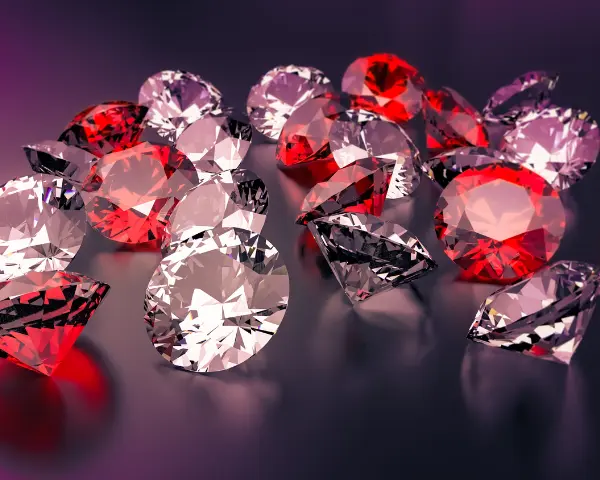Table of Contents
Understanding Blood Diamonds
In the realm of luxury and opulence, diamonds have long been cherished as symbols of eternal love and rare beauty. However, beneath this façade lies a darker side known as blood diamond. These diamonds, also referred to as conflict diamonds, originate from war zones where their sale finances warlords and insurgent groups, perpetuating conflict and suffering.
The Origin and Impact
Blood diamonds are typically mined under brutal conditions, often using forced labor and child exploitation. These diamonds are then smuggled into the global market, where they are sold alongside legitimate diamonds, making it difficult for consumers to differentiate between the two.
Environmental and Human Toll
The mining of blood diamonds wreaks havoc on the environment, causing deforestation, soil erosion, and pollution of water sources. Moreover, the human cost is staggering, with countless lives lost or irreparably harmed in the pursuit of these precious stones.
Efforts Towards Ethical Sourcing
Kimberley Process Certification
To combat the trade in blood diamonds, the international community established the Kimberley Process Certification Scheme. This initiative aims to certify diamonds as “conflict-free,” assuring consumers that the lab made diamonds they purchase do not contribute to conflict or human rights abuses.
Ethical Mining Initiatives
Several organizations and companies within the diamond industry have committed to ethical mining practices. They ensure transparency throughout the supply chain, from mining to retail, providing consumers with assurances of ethical sourcing.
Identifying and Avoiding Blood Diamonds
Know Your Diamond’s Journey
When purchasing a diamond, it is crucial to inquire about its origins. Reputable jewelers will provide detailed information about their sourcing practices and may offer diamonds with certifications that verify their ethical nature.
Look for Certifications
Certifications such as those from the Kimberley Process or other reputable bodies like the Responsible Jewellery Council (RJC) can help consumers identify diamonds that have been sourced ethically. These certifications ensure that strict standards regarding human rights, labor practices, and environmental impact are adhered to.
Consumer Empowerment and Responsibility
Demand for Transparency
As consumers become increasingly aware of the issue of blood diamonds, there has been a growing demand for transparency within the diamond industry. This demand has spurred jewelers and manufacturers to adopt stricter ethical standards and provide verifiable proof of their diamond sourcing.
Support Ethical Brands
By choosing to support brands and retailers that prioritize ethical sourcing, consumers can contribute to positive change within the diamond industry. Ethical brands often go beyond legal requirements to ensure that their diamonds are sourced responsibly and sustainably.
Conclusion
In conclusion, while diamonds continue to symbolize love and beauty, it is imperative to recognize the existence and impact of blood diamonds. By understanding their origin and supporting ethical practices, consumers can play a crucial role in promoting a more sustainable and humane diamond industry. Together, we can work towards ensuring that every diamond purchase brings joy without contributing to conflict or exploitation.
Tags: Blood Diamonds
